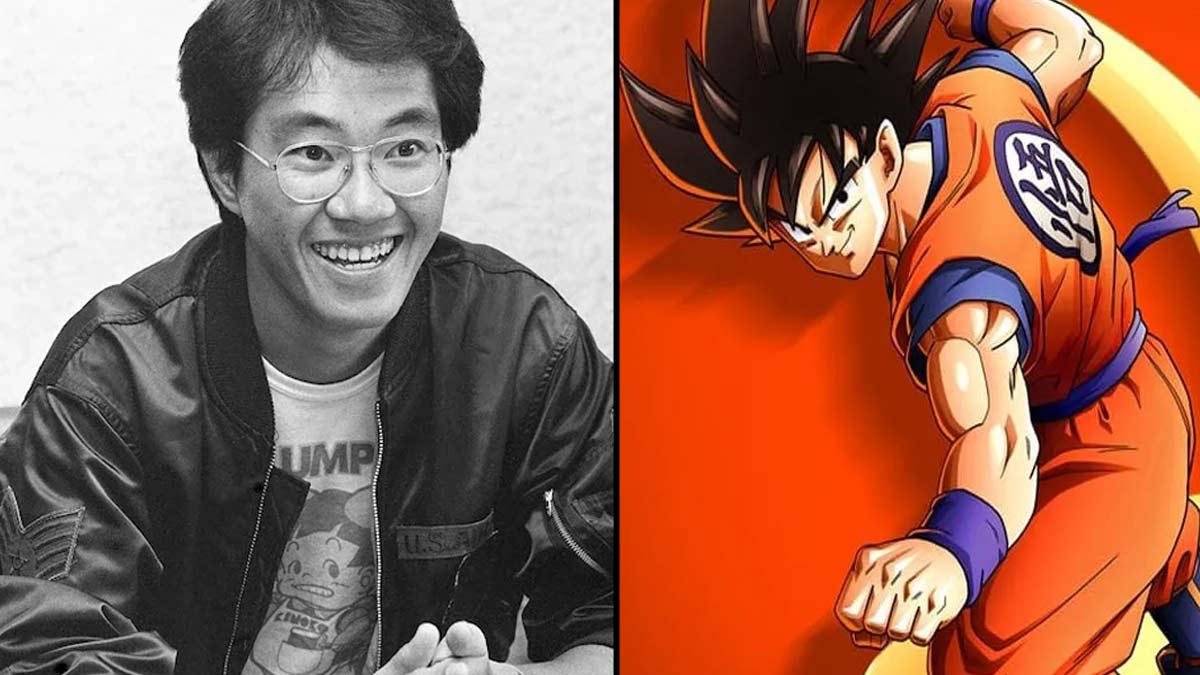
The world of manga and anime mourns the loss of a visionary as Akira Toriyama, the mastermind behind the iconic "Dragon Ball" series, passes away at 68. His departure leaves a void in the hearts of fans worldwide, yet his contributions to the realm of entertainment endure as a testament to his unparalleled creativity and imagination.
Table of Content:-
Understanding Acute Subdural haemorrhage
Akira Toriyama's demise sheds light on a critical medical condition: acute subdural haemorrhage, a silent menace lurking within the confines of the skull. Delving into its intricacies unveils the profound implications of this neurological affliction and underscores the imperative of awareness and vigilance in its diagnosis and management.
Information ; Dear Friends and Partnershttps://t.co/85dXseckzJ pic.twitter.com/aHlx8CGA2M
— DRAGON BALL OFFICIAL (@DB_official_en) March 8, 2024
Anatomy of the Subdural Space
The subdural space, nestled between the dura mater and the arachnoid mater, serves as a sanctuary for vital cerebral structures. A breach in the delicate vasculature ensconced within this realm precipitates the insidious cascade of acute subdural haemorrhage, heralding grave consequences for the afflicted individual.
Manifestations and Variants
Acute subdural haemorrhage manifests with a myriad of symptoms, ranging from the insidious onset of headaches to debilitating neurological deficits. Delineating its variants — acute, subacute, and chronic — elucidates the temporal nuances of its clinical presentation, offering invaluable insights into its pathophysiology and prognosis.
Also Read: Actress Dolly Sohi Succumbs To Cervical Cancer; Here Are The Possible Complications Of The Condition
Acute Subdural Haemorrhage: A Lethal Menace
Characterized by its rapid onset and fulminant progression, acute subdural haemorrhage poses a formidable threat to neurological integrity. Its insidious onset portends dire consequences, necessitating expeditious intervention to mitigate the relentless onslaught upon cerebral parenchyma.
Subacute Subdural Haemorrhage: Unveiling Delayed Sequelae
The subacute variant of subdural haemorrhage unveils its enigmatic nature through delayed symptomatology, confounding clinicians and patients alike. Its stealthy incursion into the neurological milieu underscores the imperative of vigilance and astute clinical acumen in unravelling its subtle manifestations.

Chronic Subdural Haemorrhage: A Geriatric Conundrum
In the geriatric population, chronic subdural haemorrhage emerges as a ubiquitous conundrum, its indolent progression mirroring the inexorable march of time. Despite its latent onset, its ramifications are far-reaching, precipitating cognitive decline and functional impairment in the twilight years of life.
Diagnosis and Therapeutic Modalities
The diagnosis of acute subdural haemorrhage hinges upon meticulous clinical evaluation and judicious utilization of neuroimaging modalities. Computed tomography (CT) and magnetic resonance imaging (MRI) serve as indispensable tools in delineating the extent of hemorrhagic insult and guiding therapeutic interventions.
Surgical Interventions: Navigating the Surgical Labyrinth
For large or symptomatic subdural hematomas, surgical intervention assumes paramount significance in alleviating intracranial pressure and forestalling neurological deterioration. Craniotomy and burr hole procedures emerge as cornerstone modalities, offering respite from the relentless encroachment of hematoma upon cerebral structures.
Rehabilitation and Prognostic Considerations
The road to recovery from acute subdural haemorrhage is fraught with challenges, yet imbued with hope and resilience. Multidisciplinary rehabilitation endeavours, encompassing physical therapy, occupational therapy, and speech-language pathology, foster neurocognitive restoration and functional independence, heralding a semblance of normalcy in the aftermath of neurological adversity.
A Legacy Eternal: Akira Toriyama's Enduring Impact
As we bid farewell to a luminary of the manga universe, Akira Toriyama's indomitable spirit and creative legacy endure, transcending the confines of mortality to inspire generations yet unborn. Though his physical presence may have ebbed, his artistic oeuvre reverberates through the annals of time, immortalizing his unparalleled contributions to the realm of entertainment.
Bottomline
This discourse endeavours to shed light on the intricate tapestry of acute subdural haemorrhage, elucidating its clinical nuances and therapeutic imperatives in the wake of Akira Toriyama's tragic demise. May his memory serve as a beacon of inspiration, igniting the flames of creativity and imagination in the hearts of aficionados worldwide.
Also watch this video
Read Next
Travis Barker’s Son Reveals Minor Tourette Diagnosis; Here’s Everything To Know About The Condition
How we keep this article up to date:
We work with experts and keep a close eye on the latest in health and wellness. Whenever there is a new research or helpful information, we update our articles with accurate and useful advice.
Current Version